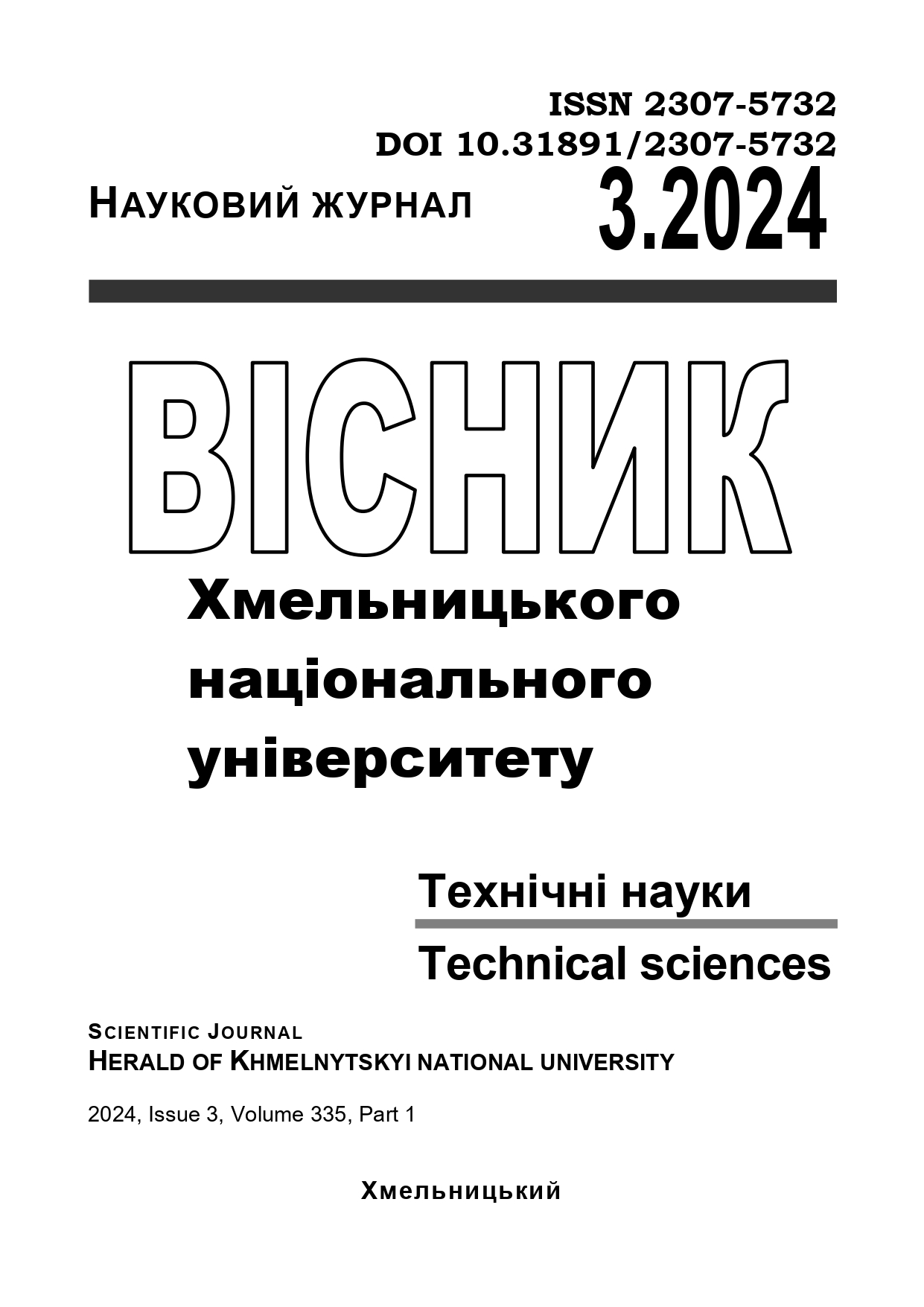ANALYSIS OF VISUAL SLAM APPROACHES FOR THE PROBLEM OF NAVIGATION OF AN AUTONOMOUS ROBOT
DOI:
https://doi.org/10.31891/2307-5732-2024-335-3-10Keywords:
autonomous robots, simultaneous localization and mapping, maximum a posteriori estimationAbstract
The work is devoted to the study of the problem of autonomous robot navigation using Visual SLAM methods. The paper presents the formulation of the classic SLAM problem in the form of a factorial graph and considers its solution using the optimal estimate of the maximum posterior probability. An analysis of the feasibility and practical effectiveness of the main Visual SLAM approaches for autonomous robot navigation in closed and open environments has been carried out. Visual SLAM approaches are considered, such as: Visual-Only SLAM, which in turn is divided into Feature-based methods and Direct methods; Visual-inertial SLAM and RGB-D SLAM. Visual SLAM methods solve the main problem of SLAM, which is that an autonomous robot must continuously build a map while in an unknown environment, while at each iteration estimating both its own location and the locations of the landmarks it uses for navigation. The authors proposed ten criteria for evaluating the effectiveness of each of the approaches, which allow to fully understand their strengths and weaknesses, and the conditions under which their use would be appropriate. Each approach was evaluated according to each of the criteria, and as a result, the average indicator of the effectiveness of each approach was obtained. The approach with the best average score turned out to be visual-inertial SLAM, which has the best performance accuracy and stability, but its sensor system is more expensive compared to other approaches. On the other hand, methods based on features and direct methods, although they showed a slightly worse average score, have fairly balanced indicators for each criterion and are simpler and more accessible to implement. In general, the obtained results allow a clear understanding of the main advantages and disadvantages of each of the approaches, as well as provide an opportunity to save time for the analysis of researchers when choosing the optimal approach.

